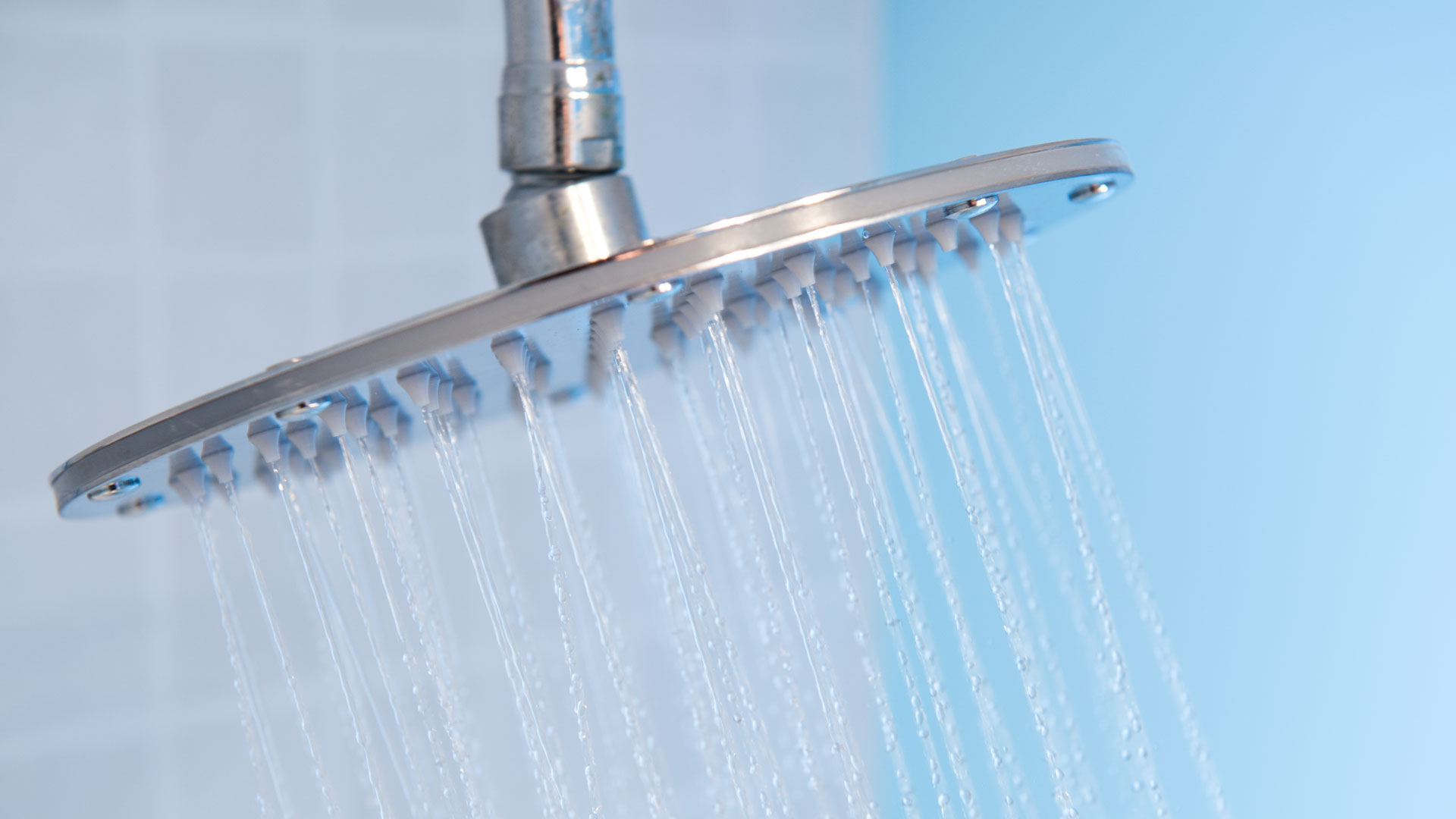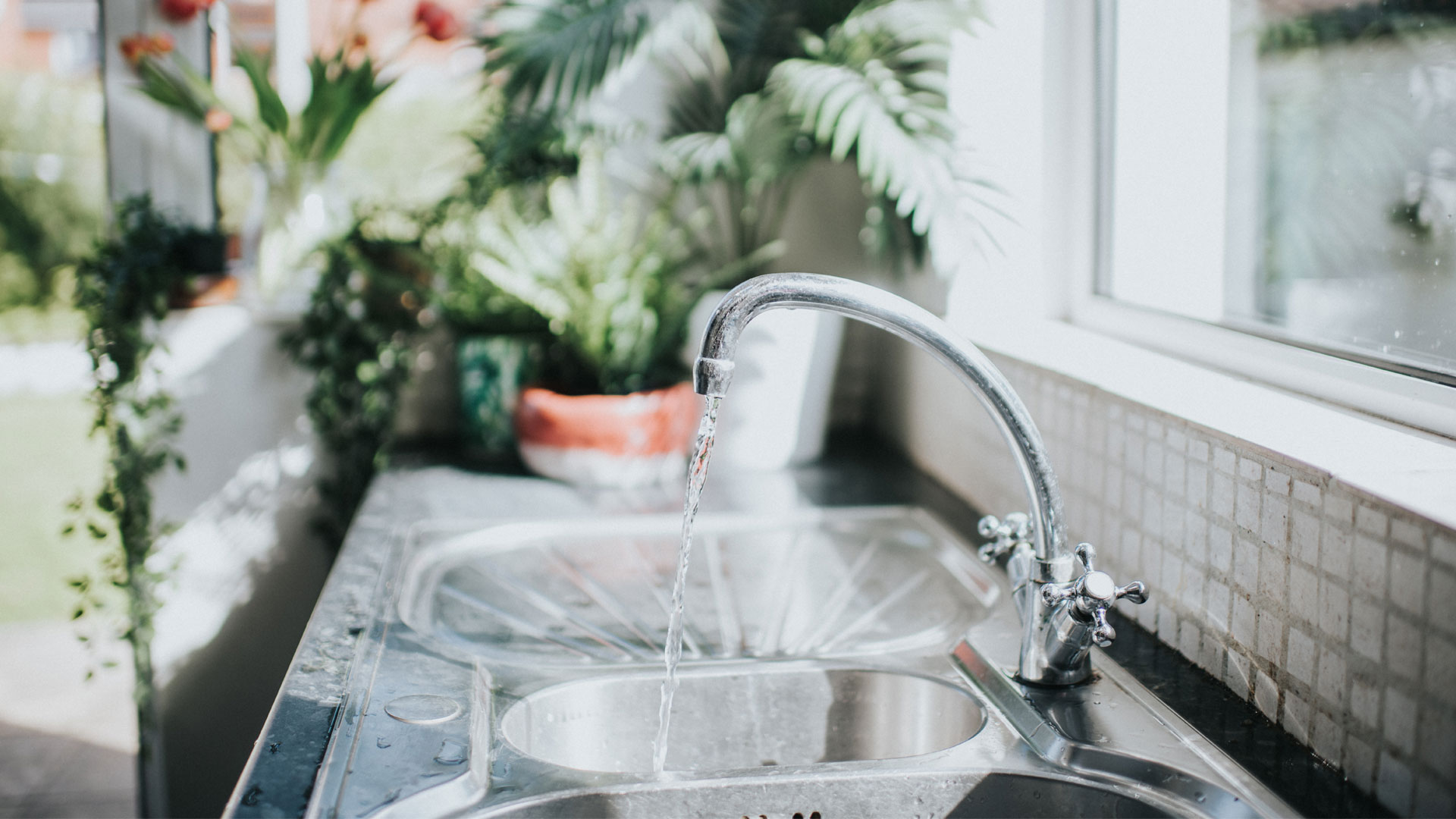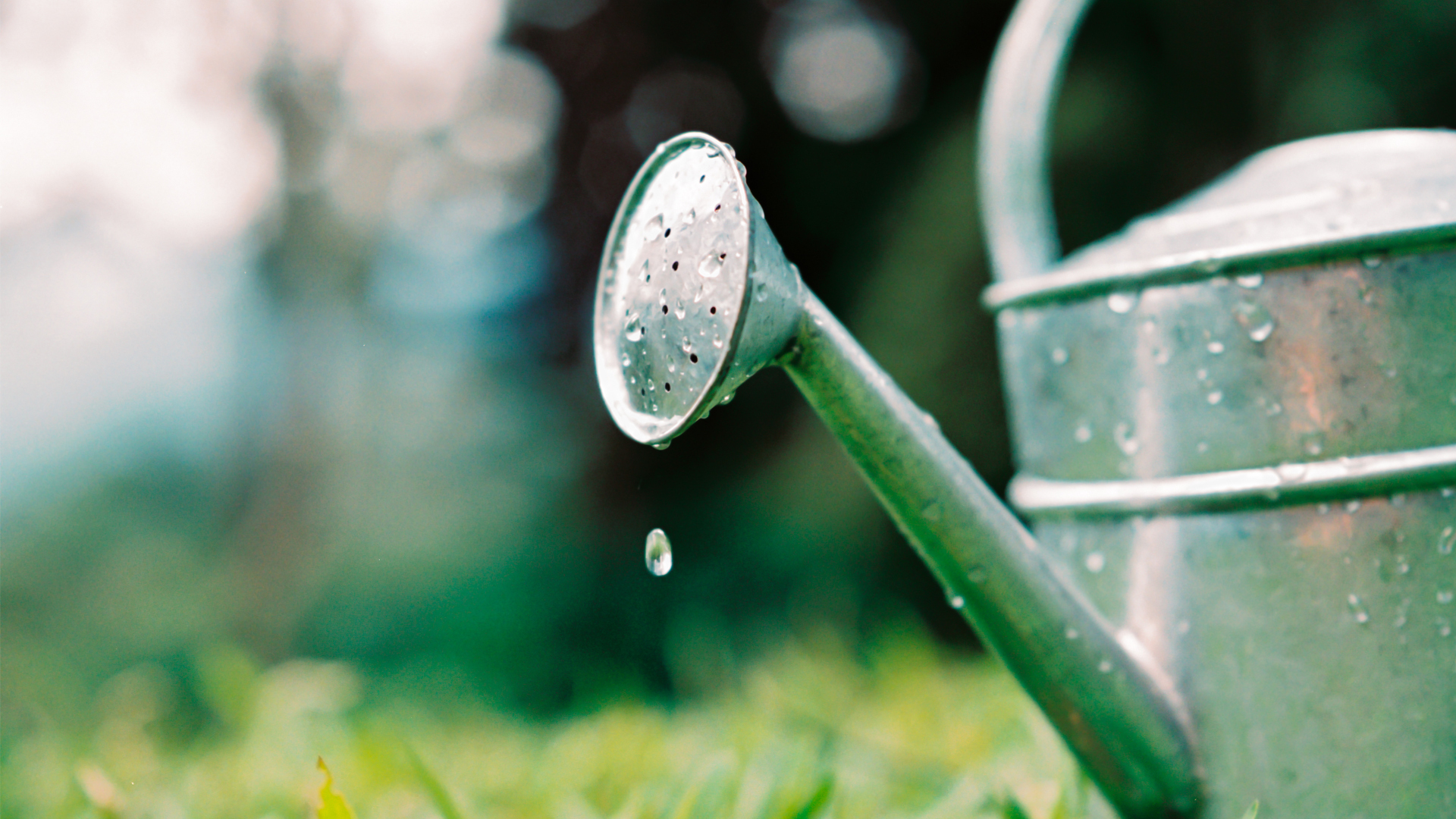How to save water at home
Learn how to save water at home and do your bit for the environment with our simple and smart top tips.

Wondering how to save water at home? If you’ve already invested in one of the best front load washers to clean your clothes, or one of the best dishwashers to rid your plates of dirt, you’re onto a good start. That’s because both types of home appliances are known for being more economical on the water-front.
But have you really thought about how many times a week you use these appliances? And whether you are ensuring maximum water efficiency? In today’s climate, we should all be making a conscious effort to get water smart when it comes to our at-home usage. Especially after the latest figures reveal that the average American family uses more than 300 gallons of water at home per day – that’s equivalent to taking seven baths.
Which is why, if you’re trying to figure out how to save water at home, we’ve compiled a list of handy tips on how to cut down your usage – and save some money too. If you’re looking for even more water-saving home appliances, check out our guides to the best tankless water heaters or the best water heaters.
How to save water at home: Invest in a dishwasher
According to U.S Geological Survey (USGS), a typical load of dishes washed by hand can use between eight to 27 gallons of water. Whilst an average dishwasher uses six to 10 gallons per wash cycle. That’s why if space and budget allows, we’d suggest incorporating one of the best dishwashers to your kitchen set-up. If you’re struggling for space, one of the best countertop dishwashers is the perfect alternative – the latter is more compact but can still cut down on water usage. Check out our tips for how to load a dishwasher correctly so that you can fit as much as possible in one load.
How to save water at home: Turn off faucets
Do you brush your teeth with your bathroom faucet on? Or do you shave while the water is still running? According to the United States Environmental Protection Agency (EPA), turning off the tap while brushing your teeth or shaving are both great water-saving solutions. That’s because you can save between eight to 10 gallons of water per day. This is a pretty simple way of cutting down on your water usage, without a big impact on you.

How to save water at home: Fix leaky faucets
Here’s some food for thought: the average family can waste up to 180 gallons per week, or 9,400 gallons of water annually, from household leaks. This is the equivalent to the amount of water needed to wash more than 300 loads of laundry, according to the EPA. Which is why, as soon as you spot a leaky faucet, broken pipe or all of the above, it’s important to fix it, you’re literally throwing water (and money) down the drain.
How to save water at home: Get Energy Star certified
Some of the best front load washers are Energy Star certified. The same can be said for the best top load washers. And what this means, is they are at least 20% more energy efficient than the minimum required federal standard. According to the EPA, the average US family spends more than $1,000 per year in water costs but can save more than $380 annually from fitting Energy Star certified appliances. So what are you waiting for?!
Sign up to receive the latest news, reviews, buying guides and deals direct to your inbox
How to save water at home: Save up your dirty laundry
Your washer might be Energy Star certified, but you still need to consider the amount of times you use it a week. And whether you could make it work harder, by waiting until you have a full load. We’re not saying you should overload your washer, but try only turning your washer on, when you have a full load of laundry to wash. Afterall, two half loads will still use up more energy than one full load.

How to save water at home: Consider a tankless water heater
If budget allows, we’d suggest switching to one of the best tankless water heaters. Unlike the best water heaters (which are still pretty efficient), tankless water heaters don’t produce hot water constantly. These appliances only produce hot water when you turn the tap on, run a shower, or press a button to start your dishwasher. Not only can this save you a fair few dollars, but it means less water is being used too.
How to save water at home: Time your gardening
Outdoor water usage accounts for more than 30 percent of total US household water consumption, according to the EPA. Of course, it’s important to water your plants, but there are ways to do so without increasing the amount of water you use in your home. Try watering your plants at the end of the day or early morning to ensure the water does straight to the roots – rather than evaporating in the sun. Find out more with our tips for sustainable gardening.
How to save water at home: Instal a rain barrel
This follows on nicely from the previous point. Why not go one step further and make the most of the rainwater – especially if you’re located in an area with lots of rainfall? This is one of the most efficient ways to save water at home, as the rain barrel should catch any excess rainwater, then you can use the excess water to replenish your plants as and when they need it.

How to save water at home: Install a dual flushing toilet
It may come as a surprise, but when it comes to the biggest consumer of water in the household, the title goes to our toilets. The EPA states that toilets account for 24% of an average household’s water usage. This makes sense when you think about how many times you flush a toilet every day – and how many people are flushing it. To counteract the high water usage, consider installing a dual flush on your existing toilet. This will ensure that only the right amount of water is used, each time the toilet is flushed.
How to save water at home: Steam your vegetables
Not all types of vegetables need a pot full of water to be cooked. Instead, try steaming them. Not only will this cut down on the water usage, but it will help to retain more of the vegetable’s natural nutrients. It’s a win-win. However, if you do boil your veg, once you have done so, wait for the boiled water to cool down then you can nourish your plants with this water – or it could be the base of your next soup.
Becks is a freelance lifestyle writer who has worked extensively for Top Ten Reviews during the past year. She started her career in print journalism at a local newspaper and has since then worked across digital and social media for food titles and home interior magazines. When she’s not writing, she’s reading and when she’s not reading, she’s writing.
